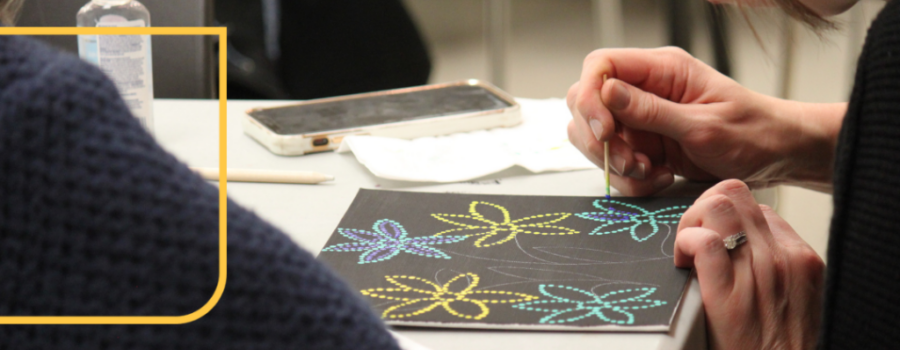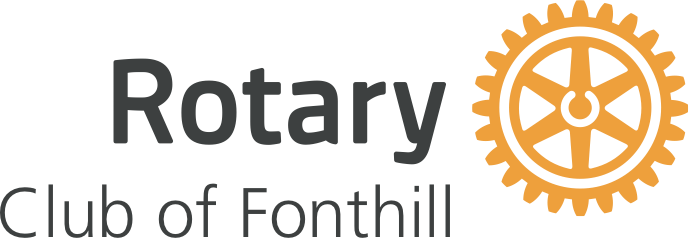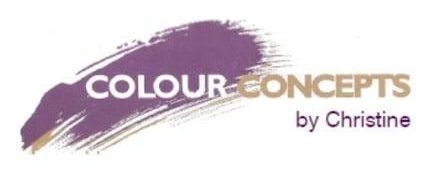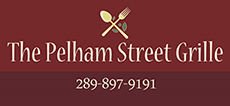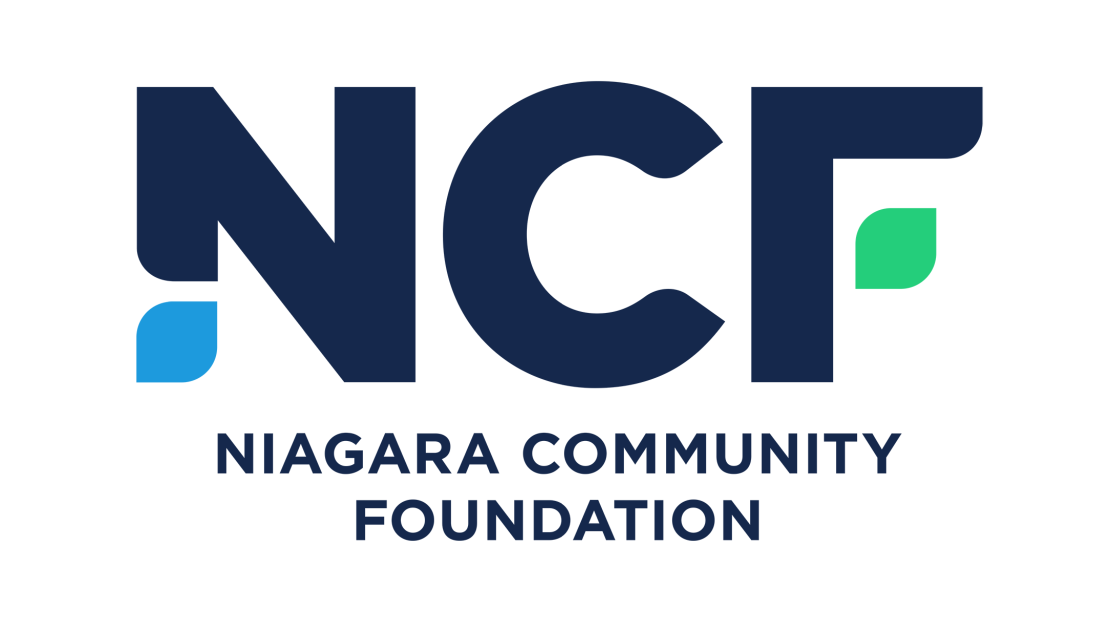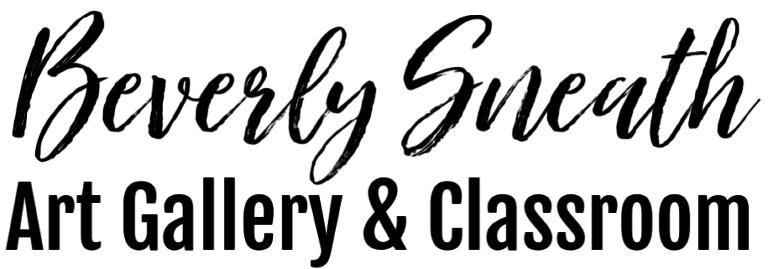The beauty of art is in its ability to help us connect the dots.
That’s what happened one night last November at the Lincoln Pelham Public Library branch in Fonthill, thanks to a $750 mini grant from the Niagara Community Foundation.
Métis visual artist Brian Kon led a workshop in dot painting, a medium inspired by traditional beadwork, where each “bead” on the canvas is applied as a single dot of paint. As Kon, Indigenous Relations Advisor for Niagara Region, led the session, he spoke about Métis art, food and oral history. He also touched on heavier topics, including Truth and Reconciliation and the significance of Orange Shirt Day, a colloquialism for the National Day for Truth and Reconciliation.
Participants, including parents and children, older adults and members of local Indigenous communities, got to take home their canvas at the end of the night, which they created using large pushpins dipped in paint. But Kelly Spence, the library’s marketing and outreach co-ordinator, says they took away so much more from the evening.
“It was really encouraging to hear the conversations that were happening, not just between Brian and the participants but between the participants, who were sharing information and finding common ground,” Spence says. “The whole point was to create dialogue and get the conversation going.”
In addition to funding the session, the grant also enabled the library to host other activities focused on teaching about Indigenous peoples, including a virtual discussion about the award-winning book Valley of the Birdtail: An Indian Reserve, a White Town, and the Road to Reconciliation, led by the authors Andrew Stobo-Sniderman and Douglas Sanderson (Amo Binashii).
The library was also able to purchase four Moccasin Identifier kits, created by members of the Mississaugas of the Credit First Nation. The kits, which are used to teach about treaties, can be circulated to schools, Girl Guide units and other groups.
“It’s really wonderful the Niagara Community Foundation grant allowed us to do this, all of it with a teaching focus,” Spence says. “The library is a place for stories in all forms. We are holders of stories and people turn to the library for education. We want to make sure these materials are available without barrier to celebrate these cultures and bring attention to the beauty and importance of them.”
 Back to myNiagaraOnline
Back to myNiagaraOnline










